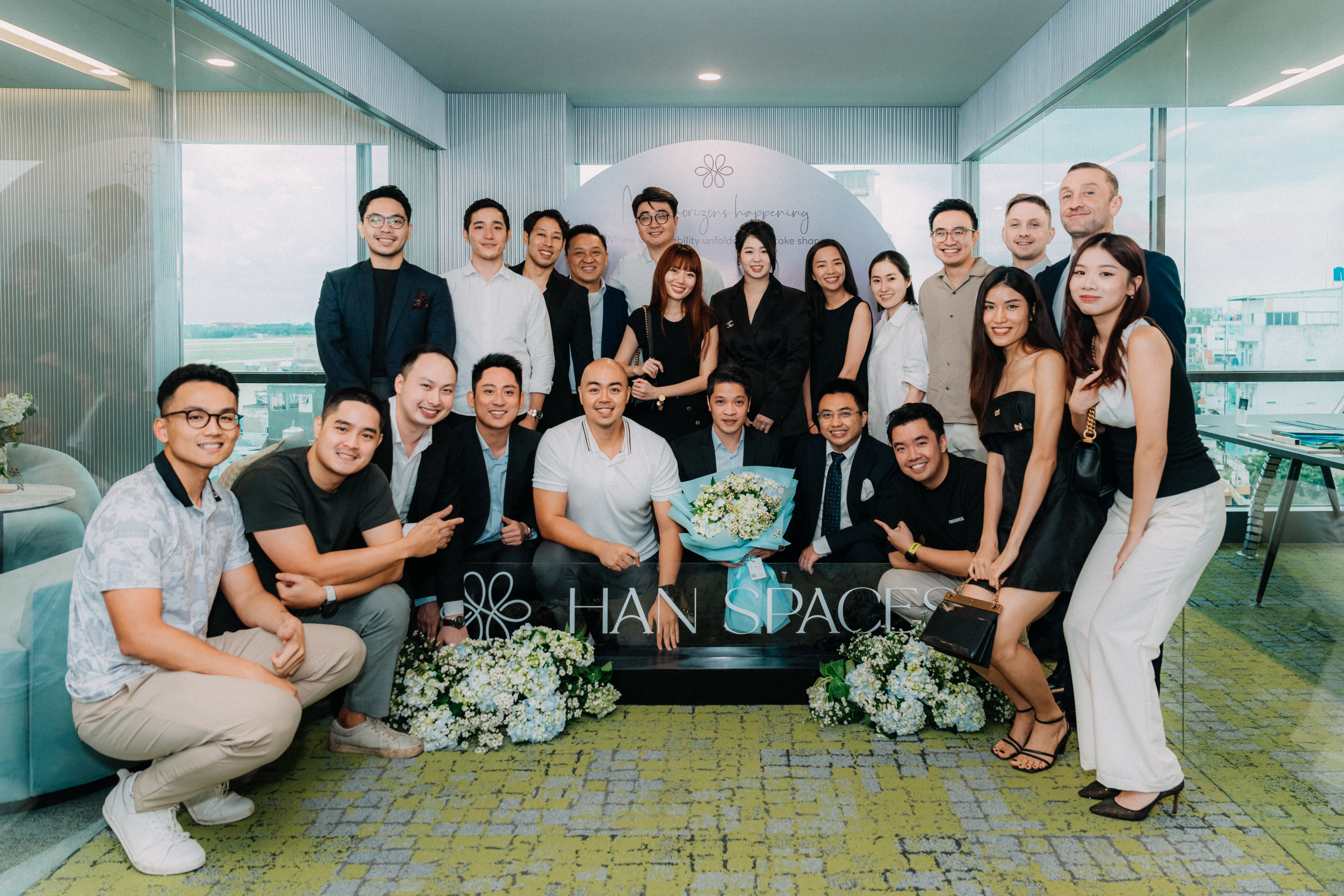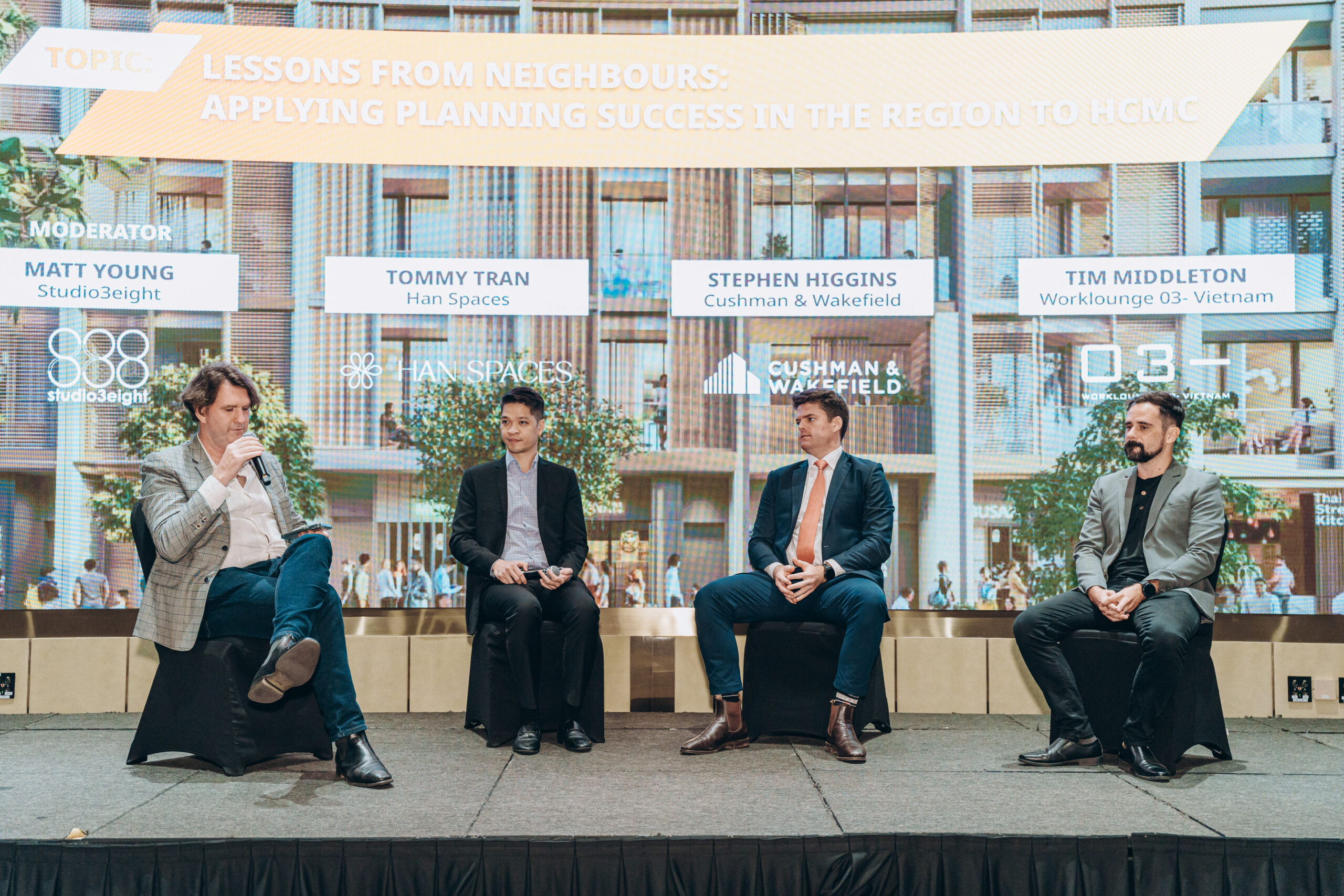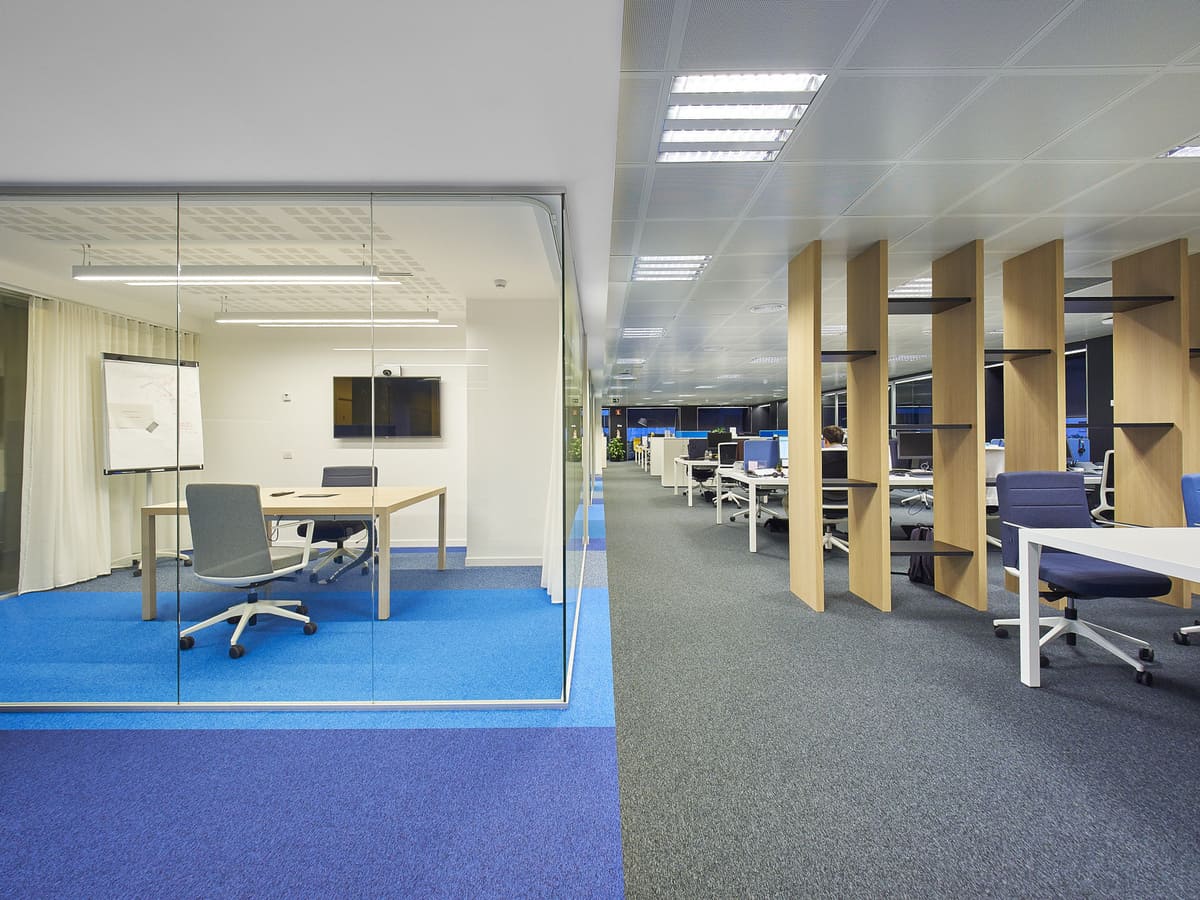The Future of Office Design
As we approach 2025, the office landscape is undergoing a profound transformation. What was once a static space filled with rows of desks is now evolving into a dynamic environment designed to cater to the diverse needs of the modern workforce. What are the driving forces behind this shift? Diversity, Equity, and Inclusion (DEI), wellness, and sustainability. These aren’t just buzzwords—they are the pillars upon which the offices of tomorrow will be built.
DEI: The New Workplace Imperative
In recent years, companies have started to realize that a diverse and inclusive workforce is more than just a moral obligation; it’s essential for business success. 94% of organizations are now committed to promoting Diversity, Equity, and Inclusion (DEI) in their workplaces, a sign of how deeply these values are becoming ingrained in corporate culture. But what does this mean for office design?
The impact of DEI is profound. A staggering 59% of young employees (18-34) say they would leave their jobs if their company failed to foster an inclusive work environment. Furthermore, marginalized groups—including LGBTQ+ employees, women, and those with disabilities—are more likely to seek opportunities elsewhere if they feel unsupported. This has prompted companies to reconsider the way their offices are structured.
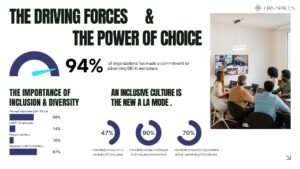
DEI in office design goes beyond just representation; it’s about creating an environment where all employees, regardless of their background, feel respected and valued. It’s about creating spaces that empower individuals to perform at their best. The result? Companies with inclusive cultures see 47% higher employee retention, and 90% of employees are more likely to offer support to colleagues when they feel their workplace fosters inclusion.
Wellness and Inclusivity: The Rise of Retreat Spaces
Wellness is no longer a luxury; it’s a necessity in the modern workplace. As work-life balance becomes increasingly important, the integration of wellness spaces into office designs is a trend that is gaining traction. Retreat spaces, including meditation rooms, prayer rooms, and quiet zones, are being incorporated into office layouts to provide employees with a sanctuary from the stress of the workday.
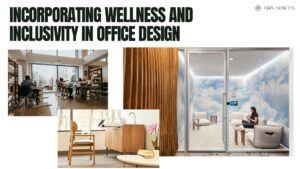
These spaces not only provide mental and physical relief but also promote inclusivity. By offering areas where employees can retreat for rest or reflection, companies are acknowledging the diverse needs of their workforce. 53% of employees say that wellness initiatives increase their loyalty to a company, reducing the costs associated with turnover.
Beyond health, creating spaces that are mentally and emotionally supportive is a smart business move. As employees experience less stress and more job satisfaction, they’re more likely to remain engaged and productive in the long run.
Flexibility and Sustainability: Designing for the Future
Flexibility is the name of the game for modern office design. With rapidly changing work patterns, companies need office spaces that can adapt. Modular office designs—with flexible furniture and easily reconfigurable layouts—are now becoming the standard. These systems allow businesses to easily adjust their workspaces as needs evolve, without the cost and disruption of major renovations.
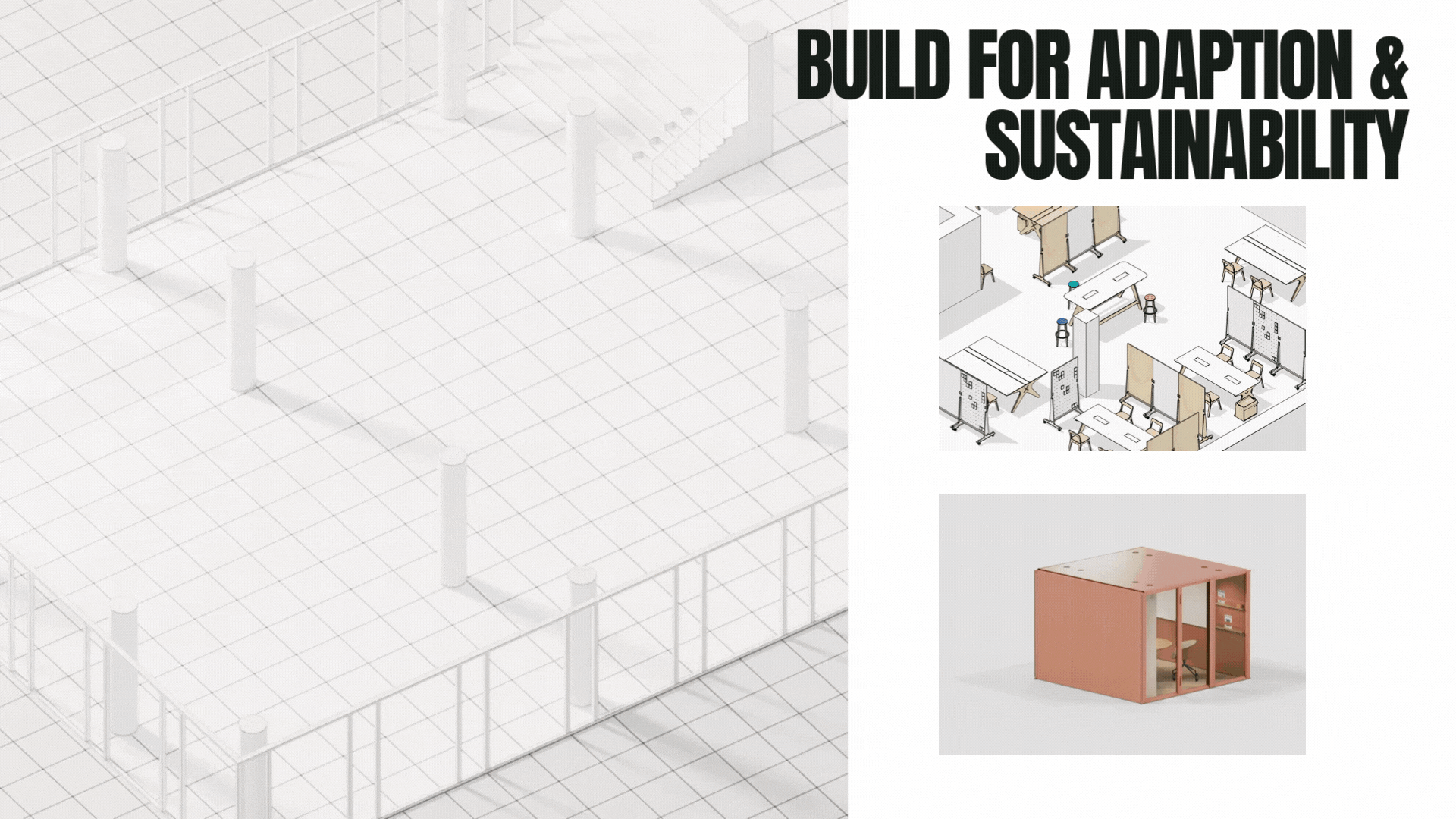
This flexibility is especially important given the long-term nature of office leases, which typically span 3-4 years. Companies now seek office designs that can evolve with them, offering a more agile approach to business. Modular designs make this possible, enabling quick, cost-effective changes without sacrificing functionality or aesthetics.
Sustainability is also a growing concern. The use of eco-friendly materials like recycled wood and VOC-free paints helps reduce the environmental impact of office spaces. Companies that embrace sustainability in their office designs are not only helping the planet—they’re creating healthier, more comfortable environments for their employees. The push for sustainable design is about reducing carbon footprints and creating workspaces that are not just functional, but also responsible.
Biophilic Design: Bringing Nature Inside
Among the most exciting trends in office design today is biophilic design—the incorporation of natural elements into the workplace. This approach is not just about aesthetics; it has real, measurable benefits for employee health and productivity. Research has shown that offices with natural light, plants, and other nature-inspired elements can improve employee well-being and boost performance.
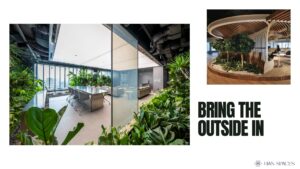
For example, offices with access to natural light have been shown to reduce eye strain, headaches, and fatigue, while increasing productivity by 2%. The addition of green plants—such as Aloe Vera and Snake Plants—not only improves air quality but also reduces stress and enhances employees’ immune systems. With 40% of sick days linked to poor indoor air quality, bringing nature inside is more than just a design choice; it’s a health strategy.
The benefits of biophilic design are clear: employees who work in environments enriched with nature report higher levels of satisfaction and well-being, and the result is a more engaged, productive workforce.
What to look out so far?
As we look toward 2025, the office of the future will be more than just a place to work. It will be a space that promotes flexibility, wellness, and inclusivity, all while prioritizing sustainability. Companies that adapt to these trends will not only create more productive, healthier workplaces but will also foster loyalty and engagement among their employees.

At Han Spaces, we’re committed to staying ahead of the curve by integrating these forward-thinking trends into our office designs. Whether it’s creating adaptable, sustainable spaces, or building environments that prioritize employee wellness, we’re here to help you build a workspace that meets the needs of tomorrow’s workforce.
Let’s design a workspace that works for you—today and in the future. Contact us now to learn more about how we can transform your office into a dynamic, inclusive environment for success.



